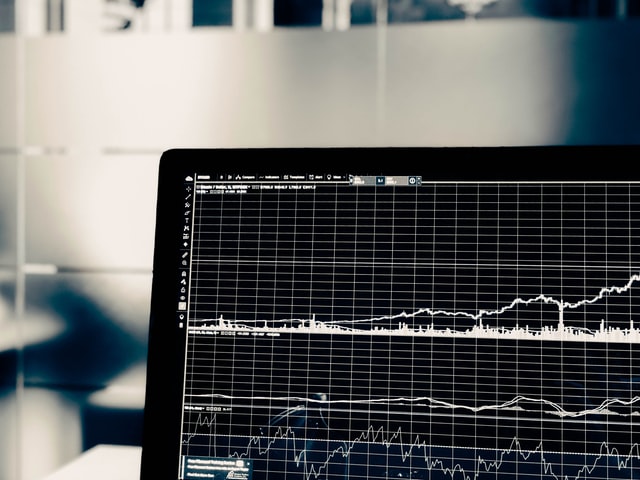The basics of ETF trading in Hong Kong
ETF stands for ‘Exchange Traded Fund’ and means any investment fund that is not managed by a financial institution but instead through an Exchange. The fund’s assets are typically represented through units in the fund itself. Traders can buy and sell units on the exchange at market value. They can also be created or destroyed if someone wishes to increase or decrease the number of units they own.
ETFs are growing in popularity because they offer more transparency than other investment classes, low fees, and easy buying and selling.
The basics of ETFs
An Exchange Traded Fund (ETF) tracks an index, a commodity, bonds or a basket of assets like an index fund. Like mutual funds, an ETF trades close to its net asset value over the trading day. Unlike mutual funds, which are priced only once at the end of each trading day, ETFs are priced continuously throughout the day.
An ETF has its own individual stock code. This code should be noted down when purchasing an ETF unit to be easily found in the future, and there is no confusion or risk involved.
The trading hours for ETFs and other financial instruments are between 9:00 am until 4:15 pm, Monday to Friday each week, excluding Hong Kong holidays. However, investors should always check with their respective Exchanges before buying an ETF unit. Depending on the exchange, there might also be a minimum threshold when you buy ETF units.
Difference between ETFs and mutual funds
While there are many similarities between ETFs and traditional mutual funds, there are also some differences. ETFs often have lower investment minimums than traditional mutual funds and can be purchased through a brokerage account, eliminating the need for a qualified financial advisor.
ETFs can be more cost-effective than mutual funds because they usually have lower expense ratios and operating fees associated with them. Since there are no upfront commissions or loads like you would find with a mutual fund, an individual investor does not pay anything to purchase shares of an ETF. These costs are built into the valuation of the securities in the underlying basket.
They also offer more transparency than other investment classes because they disclose their holdings regularly, so investors know exactly what securities compose the portfolio. What makes ETFs unique is that each holds an underlying basket of stocks or bonds, commodities or other assets. These baskets are like mini portfolios themselves; they hold hundreds or thousands of securities in them, depending on which fund you buy.
How to use ETFs in trading?
The securities are weighted by either market capitalization or an inverse price-to-earnings ratio. This means that larger companies will have a more significant influence on the fund’s performance than smaller ones, and the stocks with the highest price to earnings ratios will affect it less.
ETFs are traded worldwide, but most are domiciled in Luxembourg since that country has favourable regulatory tax benefits for ETFs. Each fund usually buys and sells its underlying assets directly from authorized participants, such as large brokerages or mutual funds.
Where can you buy ETFs?
There are two types of exchanges where investors can buy and sell ETFs; stock exchanges like the New York Stock Exchange (NYSE) or electronic exchanges like BATS Global Markets. However, many ETFs also trade on “over-the-counter” markets where brokers connect buyers and sellers directly.
Finally
While some jurisdictions require registered investment advisors to oversee all investment activities, it is possible in Hong Kong to invest directly in most ETFs without one. Professional guidance can help you determine whether an ETF fits your overall financial plan and strategy since owning them may have tax implications outside of retirement accounts. Saxo capital markets offer low commissions and excellent customer service. Try their demo account and learn the ropes of trading before investing your own money.
